Our followers voted Iranian photographer Hossein Fardinfard’s image as their favourite of the recent Guardian…
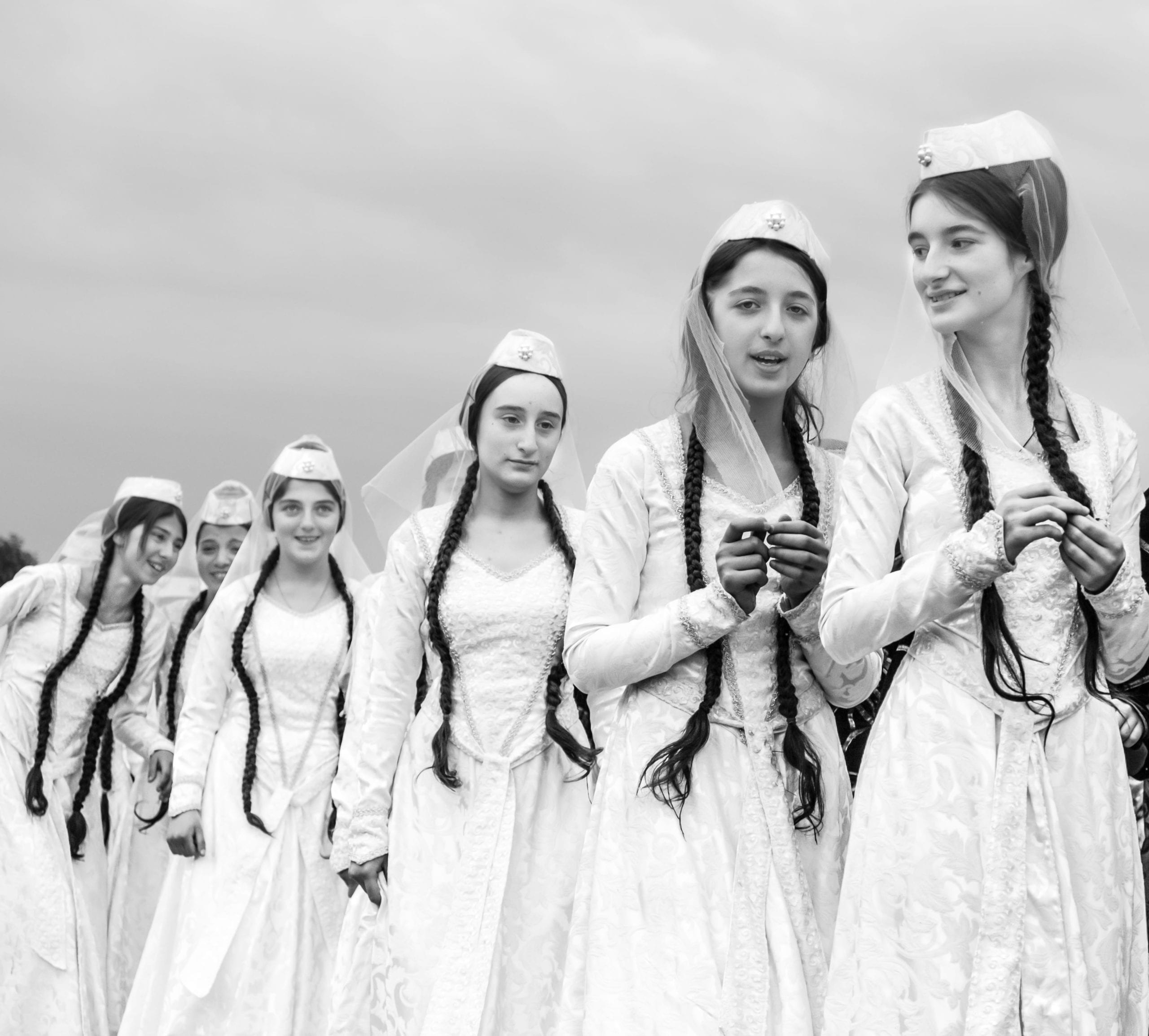

Our followers voted Iranian photographer Hossein Fardinfard’s image as their favourite of the recent Guardian…

The paradox of otherness is at the core of Maria Sturm’s You don’t look Native to me. Her subjects belong to the Lumbee Tribe of North Carolina, the largest tribe in the region with around 55,000 members, with their name taken from the Lumber River of Robeson County. Starting in 2011, Romania-born, Germany-raised Sturm spent time in Pembroke, the economic, cultural and political centre of the tribe, photographing their daily lives. It opened up questions about visibility, identity and stereotype in the US, where Native Americans are romanticised yet often dismissed. Many tribes remain officially unrecognised, though the sense of identity within the communities is very strong.
On her first visit, Sturm was struck by two aspects. “One was that almost everyone I talked to introduced themselves with their names and their tribe. The other was the omnipresence of Native American symbolism: on street signs, pictures on walls, on cars, on shirts and as tattoos.” She attended powwows (where leaders pray to Jesus, another surprise to Sturm) and spent time with locals.
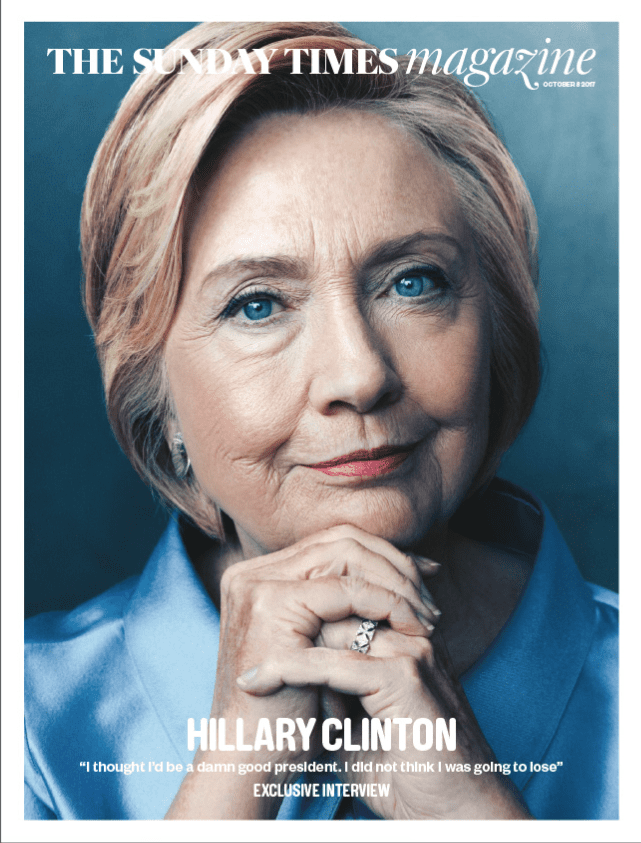
In the first of our interviews with BJP International Photography Award 2019’s judges, we meet…
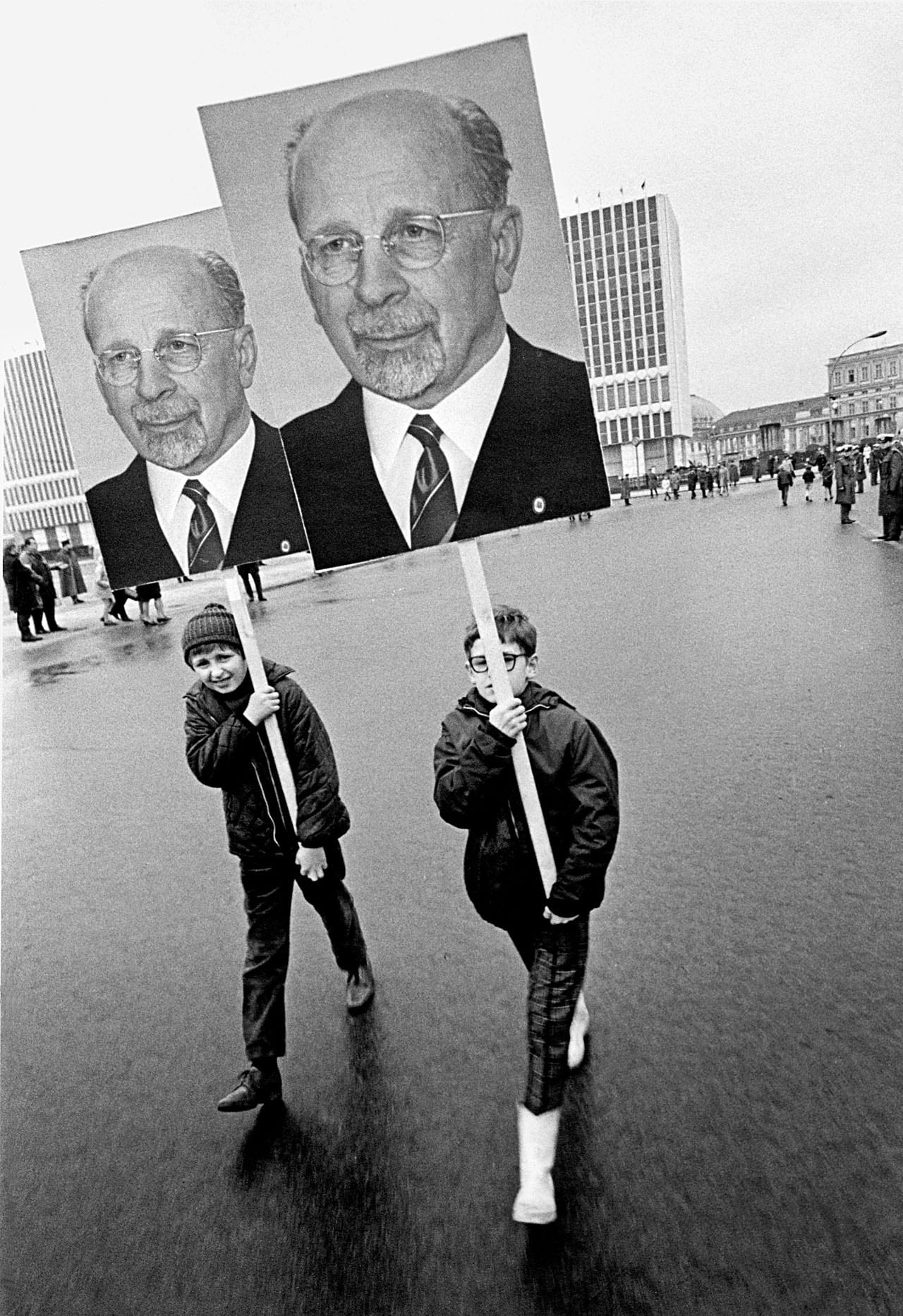
“This book….does not – and this I must emphasise – document life in the GDR [German Democratic Republic]. Rather, it shows how I saw this country and the people who lived here,” writes Roger Melis in the introduction to his book In a Silent Country, now published for the first time in an English edition.
“When selecting the photographs for this volume, I placed no demands on myself, and certainly did not try to comprehensively depict working and living conditions in the GDR,” he later adds. “…they focus on the everyday, and not on the spectacular. In my photographs, I only rarely attempted to capture a decisive, unrepeatable moment. The moments I always searched for were the ones in which whatever was special, unusual or temporary about people and things had dropped away, revealing the core of their being, their essence.”
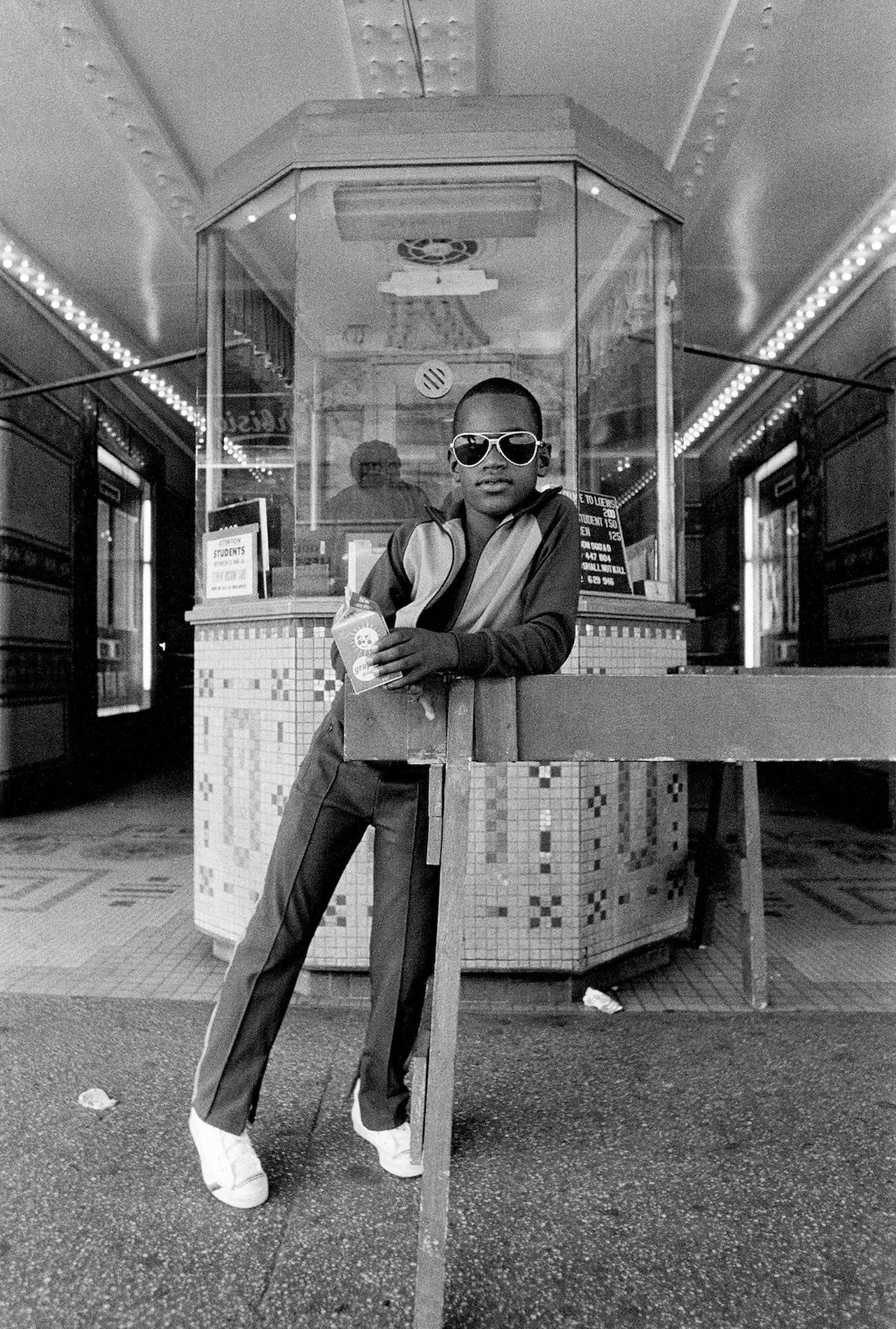
For over 40 years, American photographer Dawoud Bey has been photographing people from groups too often marginalised in the USA, seeking out stories overlooked by conventional and stereotypical portrayals.
Born and raised in New York, Bey began his career in 1975 at the age of 22. For five years he documented the neighbourhood of Harlem – where his parents grew up, and which he often visited as a child – making pictures of everyday life. This series, along with three more of his projects, is on show this month at the Stephen Bulger Gallery in Toronto, Canad
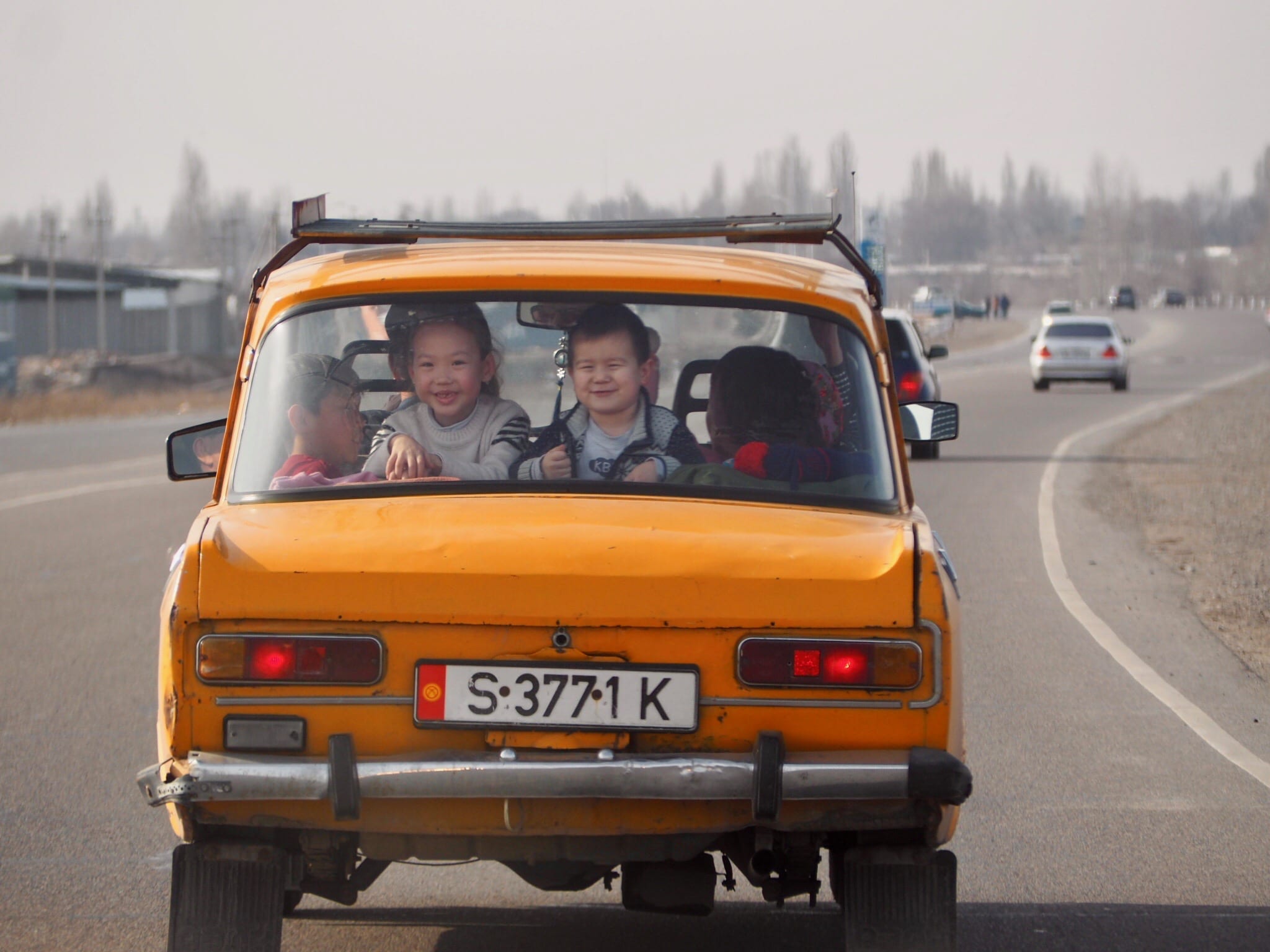
For Toby A. Cox, one of our first Portrait of Humanity People’s Choice Winners, photography…
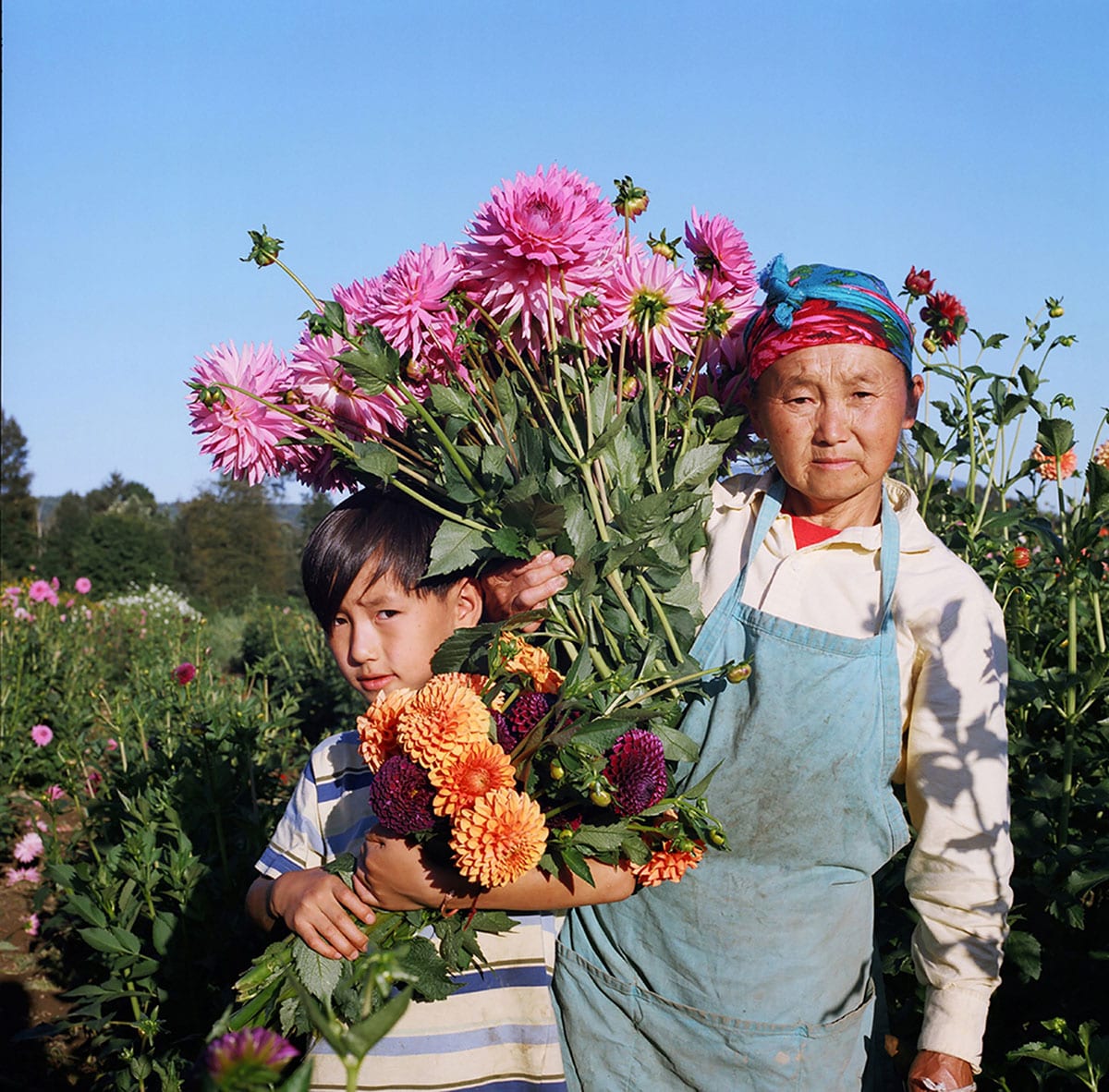
US-based photographer Anna Mia Davidson was voted as our People’s Choice Winner, after The Guardian…
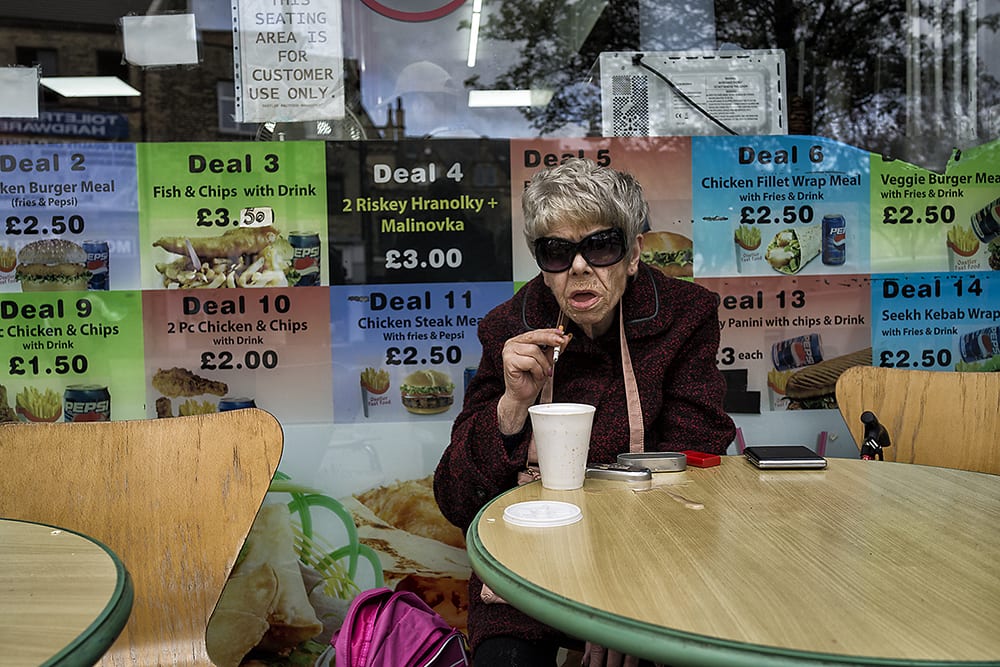
The shortlist for street photography exhibition MyTown has been revealed. Seagulls, greasy spoons cafes, and…
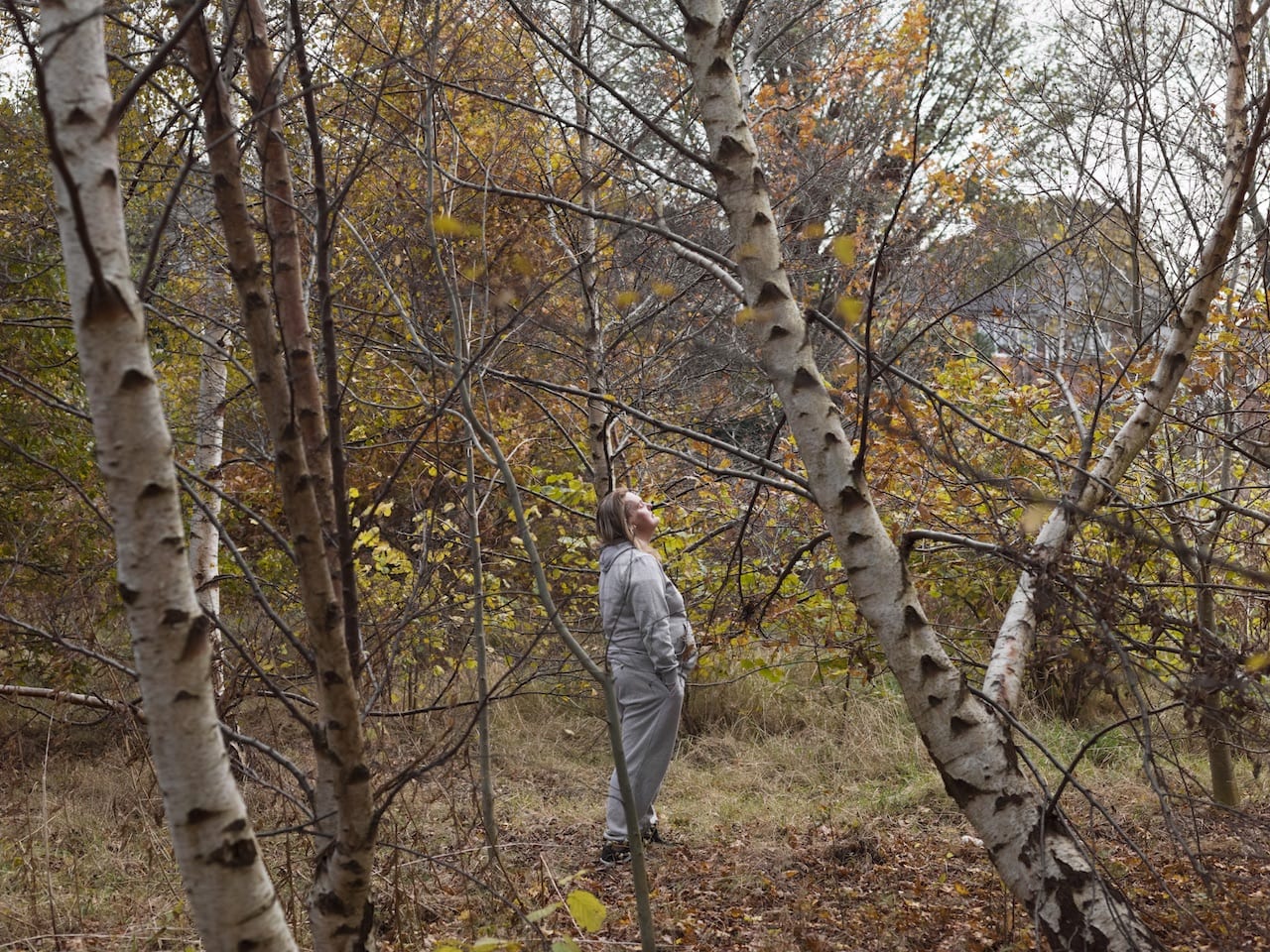
It is estimated that 7% of the prison population in the UK has a learning disability, compared to around 2.2% of the general population. A study by Prison Reform Trust in 2008 found that people with learning disabilities are seven times more likely to come into contact with the police, five times more likely to be subject to control and restraint, and three times more likely to suffer from anxiety or depression, and spend time in solitary confinement.
These numbers are estimates rather than straight statistics because there is no system in place to screen, identify, and record whether a prisoner has a learning disability. In a research paper from 2005, psychologist John Rack estimated that around 20% of prisoners have some form of “hidden disability” which affects their performance in education and work settings. It’s worryingly disproportionate, and it begs the question – if prisons don’t have systems in place to even identify these people, how can they begin to give them the support they need to survive in a prison environment?